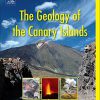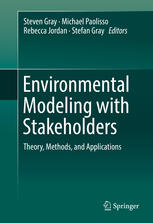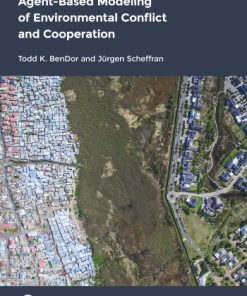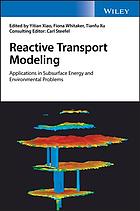Environmental applications of digital terrain modeling 1st Edition by John Peter Wilson 1118936207 9781118936207
$50.00 Original price was: $50.00.$25.00Current price is: $25.00.
Environmental applications of digital terrain modeling 1st Edition by John Peter Wilson – Ebook PDF Instant Download/Delivery: 1118936207, 9781118936207
Full download Environmental applications of digital terrain modeling 1st Edition after payment
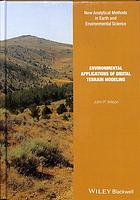
Product details:
ISBN 10: 1118936207
ISBN 13: 9781118936207
Author: John Peter Wilson
A digital elevation model (DEM) is a digital representation of ground surface topography or terrain. It is also widely known as a digital terrain model (DTM). A DEM can be represented as a raster (a grid of squares) or as a vector based triangular irregular network (TIN). DEMs are commonly built using remote sensing techniques, but they may also be built from land surveying. DEMs are used often in geographic information systems, and are the most common basis for digitally-produced relief maps. The terrain surface can be described as compromising of two different elements; random and systematic. The random (stochastic) elements are the continuous surfaces with continuously varying relief. It would take an endless number of points to describe exactly the random terrain shapes, but these can be described in practice with a network of point. It is usual to use a network that creates sloping triangles or regular quadrants.
Environmental applications of digital terrain modeling 1st table of contents:
1 Introduction
1.1 Role of DEMs
1.2 Role of Scale
1.3 Survey of Applications
1.4 Study Site and Software Tools
1.5 Structure of Book
2 Constructing Digital Elevation Models
2.1 Elevation Data Networks
2.2 Elevation Data Sources
2.3 Fitness‐For‐Use
2.4 Data Preprocessing and DEM Construction
2.5 US National Elevation Dataset
3 Calculating Land Surface Parameters
3.1 Primary Land Surface Parameters
3.2 Secondary Land Surface Parameters
3.3 Final Comments
4 Delineating Land Surface Objects and Landforms
4.1 Extracting and Classifying Specific Landform Elements
4.2 Extraction and Classification of Land Surface Objects Based on Flow Variables
4.3 Extracting and Classifying Specific (Fuzzy) Landforms
4.4 Extracting and Classifying Repeating Landform Types
4.5 Discrete Geomorphometry: Coupling Multiscale Pattern Analysis and Object Delineation
5 Measuring Error and Uncertainty
5.1 Identification and Treatment of Error and Uncertainty
5.2 Fitness‐for‐Use Revisited
5.3 Multiscale Analysis and Cross‐scale Inference
5.4 The US National Water Model
6 Terrain Modeling Software and Services
6.1 Changes in Data Capture and Computing Systems
6.2 Esri’s ArcGIS Ecosystem
6.3 Third‐party Esri Add‐ons
6.4 Other Software Choices
6.5 Future Trends
7 Conclusions
7.1 Current State of the Art
7.2 Future Needs and Opportunities
7.3 Call To Action
People also search for Environmental applications of digital terrain modeling 1st:
huma syed environmental applications
nanomaterials for environmental applications
gis for environmental applications a practical approach
smart nanomaterials for environmental applications
freshwater ecology concepts and environmental applications
Tags: Environmental, applications, digital terrain modeling, John Peter Wilson
You may also like…
Mathematics - Differential Equations
Engineering
Environmental Modeling with Stakeholders: Theory, Methods, and Applications 1st Edition Steven Gray
Engineering - Civil & Structural Engineering
Poetry - American Poetry
Invisible Terrain: John Ashbery and the Aesthetics of Nature 1st Edition Stephen Joseph Ross
Engineering
Environmental Toxicity of Nanomaterials 1st Edition by Vineet Kumar ISBN 1351252941 9781351252942
Politics & Philosophy - Sociology
This View of Life Completing the Darwinian Revolution First Edition Wilson


